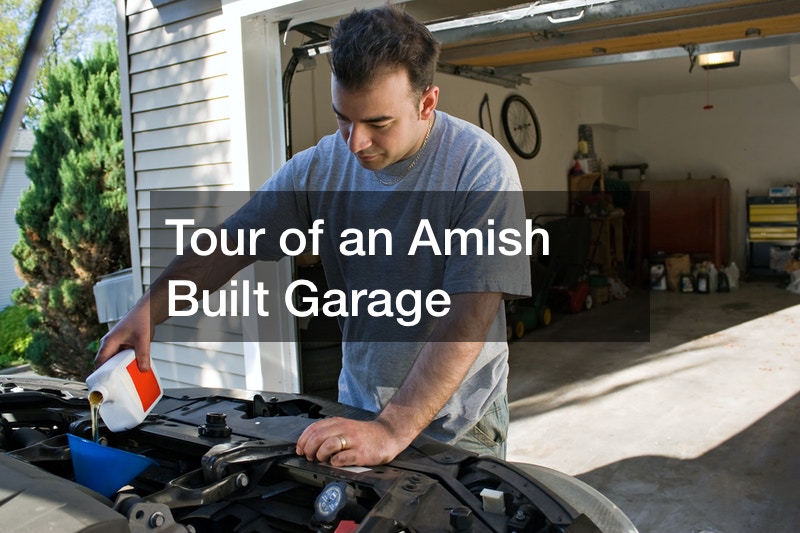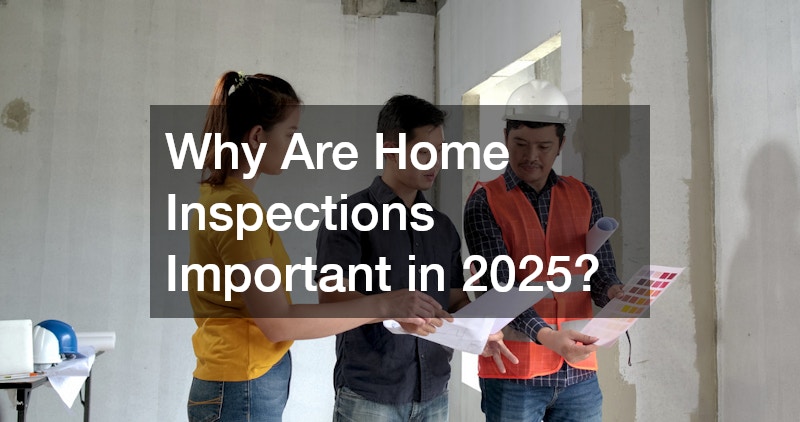
Victorian homes are prized throughout the United States for their unique architecture and history. These houses can be made comfortable and practical while still retaining their ornate beauty. However, these homes can be challenging to inhabit if they aren’t updated with modern amenities. If you’re lucky enough to own a Victorian home or consider purchasing one, don’t let the fear of renovation dissuade you. Below are some ways you can begin retrofitting a Victorian home to meet your family’s needs.
Install Heating
Unfortunately, contractors did not build many Victorian homes with adequate heating, which can be a significant problem during winter, especially if you live in a colder climate. If your home doesn’t have central heating, there are still ways to keep it warm. Space heaters are an option, but they can be dangerous if not used properly. A better solution is to contact a heating and cooling company that has experience retrofitting a Victorian home with heating. Often, these companies can install a forced-air heating system without making major changes to the home’s structure, which will keep your family warm and safe during the winter.
Install Air Conditioning
In addition to heating installation, you’ll also want to ensure your home has air conditioning if you live in a hot climate. Again, many Victorian homes were not originally built with this in mind, but there are ways to add it without compromising the home’s integrity. Once again, contacting a heating and cooling company is the best way to get started. They will be able to advise you on the best type of air conditioning system for your home and help you install it without damaging your property. If you live in a Victorian home in a particularly hot area, such as the South, it’s also a good idea to ask an HVAC company to install a whole-house fan. This cooling option can help circulate air and keep your home cooler without using as much energy as air conditioning.

Add Insulation
Another problem with many older homes is that they often don’t have proper insulation, which can lead to high energy bills. If you’re concerned about the cost of heating and cooling your home, insulating it is an excellent place to start. You can contact a professional insulation company or do it yourself if you’re handy. There are many different types of insulation available for retrofitting a Victorian home, so make sure you choose the right one for your home. If you’re unsure which type to use, ask an expert at a local hardware store or contact your city’s building department. They can inform you about the best R-value for your home and resources to help you get started.
Repair Your Sewer Lines
You might have a septic tank if you live in a Victorian home on a larger property. These systems are standard in older homes, but they can cause problems if they’re not maintained properly. If you think your septic tank needs to be repaired or replaced, contact a professional specializing in this work. They will be able to determine the best sewer repairs, if any, are needed for your septic tank and plumbing lines. Repairing your sewer lines is critical to your family’s and the environment’s health, as toxic water and backup can be dangerous. When retrofitting a Victorian home, consider putting sewer repairs at the top of your list.
Fix Plumbing Issues
If your home has failing pipes, leaks, or other problems, it’s important to get them fixed as soon as possible to avoid further damage. In addition to researching sewer repairs, it’s also essential to contact a plumbing company to help retrofit a Victorian home. Many of these homes have outdated plumbing that needs to be replaced. Shop around for professional plumbing companies that have experience in outfitting older homes, understand how to preserve the home’s integrity, and can provide you with a fair estimate.
Install New Bathroom Fixtures
While many people enjoy Victorian homes for their older fixtures and charm, sometimes these need to be updated for modern living. If your home has an antique bathroom, it might not have the amenities you’re used to, such as a shower or tub. In this case, it’s necessary to install new bathroom fixtures that fit your needs while still complementing the style of your home. You can find shower kits, tubs, toilets, and sinks that fit the look of a Victorian bathroom while providing you with the modern amenities you need. In addition, you can also conduct toilet repair or repair vanities that still have good structural integrity while retrofitting a Victorian home.

Fix Any Water Damage
Sadly, many Victorian homes did not last as long due to poor construction and issues like water or earthquake damage. Those homes which survived the test might have issues such as a damp basement, mold, or water-stained walls or ceilings. If your home has any of these problems, getting them fixed as soon as possible is vital to prevent further damage. Hire a professional who specializes in mold removal or water damage restoration. Leaving water damage or mold untreated can lead to significant problems down the road, such as wood rot and mold spores, which can be expensive to repair. When retrofitting a Victorian home, don’t forget the basics, such as fixing water damage.
Install Electricity
It’s no secret that many Victorian homes did not come equipped with electricity. Lack of electricity can be a problem when trying to live in a house that wasn’t built for modern living. If your home doesn’t have electricity, it’s time to install it with the help of a home electrician. While this might seem like a daunting task, it’s not as difficult as you might think. You can contact your local power company to get started and find out what needs to be done to get your home up to code. Don’t forget you’ll need to install outlets, light fixtures, and wiring throughout your home. If you’re not comfortable doing this yourself, hire a professional home electrician to help you. Installing electricity is one of the most important things you can do when retrofitting a Victorian home.
Improve the Exterior of Your Home
In addition to hiring a local electrician, It’s essential to hire building restoration professionals when retrofitting a Victorian home. Many of these homes have beautiful, intricate exteriors that must be protected during retrofitting. These professionals can help you repair any damage that has been done to the exterior of your home and advise you on how to protect it during the construction process best. For instance, if you want to add a new layer of paint or siding, they can help you choose materials that will best complement your home’s existing exterior.
Add Kitchen Appliances
If your Victorian home doesn’t have a kitchen or if it’s outdated, you’ll need to install some new appliances. While installing new appliances can be a bit complex, using your kitchen is worth the effort. First, decide what kind of appliances you need and then find ones that fit the style of your home. For instance, if you want a modern stove, you can find one that has a vintage look. Similarly, if you need a new fridge, there are many retro styles to choose from that will still fit in with the overall look of your home. When adding kitchen appliances, be sure to get ones that fit the style of your home to maintain its antique charm. Then, ask your local hardware store or kitchen appliance manufacturer about installation. Many companies offer installation services during delivery but ask if any of their installers have experience retrofitting a Victorian home with kitchen appliances.

Fix the Floors
One of the most important things you can do when retrofitting a Victorian home is to fix the floors. Many of these homes have old, worn flooring that needs to be replaced. You can hire a professional to do this, or you can do it yourself by tearing up antique floorboards or carpeting. If you’re going to replace the flooring yourself, be sure to choose durable and easy-to-care materials. When retrofitting a Victorian home, select stylish and durable flooring. If you’re on a budget, laminate or vinyl flooring are good alternatives. These materials are easy to install and are much more affordable than hardwood floors.
Upgrade Your Porch
While wrap-around porches were once a common feature in antique Victorian homes, many of these homes have since been modernized and no longer have them. If your home doesn’t have a porch, you can easily add one by hiring a contractor. However, if your home has a porch, you’ll need to decide whether you want to keep or remove it. If you keep your porch, be sure to repair any damage it might have, which includes replacing any rotted boards and painting or staining the wood to protect it from the elements. If you remove your porch, do so carefully so as not to damage the rest of your home. No matter what you decide to do with your porch, be sure to consult with a professional before starting any work and asking about building codes.
Upgrade Your Lawn
The lawn is integral to any home, but it’s crucial in a Victorian house. These homes often have beautiful, intricate landscaping that needs to be taken care of, such as uniquely shaped hedges and gardens. If your lawn is in bad shape, you’ll need a professional to help you bring it back to life. A professional landscaper can help you improve your garden and landscape through irrigation, soil testing, and planting. They can also help you install a lawn sprinkler system to keep your grass healthy and green all year. Retrofitting a Victorian home with a sprinkler system is a great way to ensure the lawn stays watered and healthy year-round.
Fix Broken Staircases
One of the most prominent features in a Victorian home is the staircase. These homes often have large, ornate staircases that are a focal point of the house. However, many staircases need repair to be safe for your family. Some signs that your staircase needs to be fixed or even replaced include loose handrails, broken balusters, and warped or damaged treads. If your staircase is in bad shape, you’ll need to hire a professional to help you fix it. Be sure to ask about their experience in repairing or replacing Victorian staircases since, many times, these staircases are essential to the structural integrity of the home.

Consider Foundation Repair
If your home is showing signs of age, it might be time to consider foundation repair. Many Victorian homes were built on unstable foundations such as sandstone. Over time, these foundations can start to settle and shift, causing cracks in the walls and floors. If you notice any cracks in your walls or floors, contact a foundation repair specialist. Repairing your foundation is critical not only for safety but also for the resale value of your home. While foundation repair might be expensive, it’s important to do it right the first time to avoid any further damage to your home.
Redo Your Roofing
The roof is one of the most critical parts of your home, and it’s imperative in a Victorian house. Many roofers can repair your roof without changing the look of your home. Ask your local roofers if they can repair your roof without changing the exterior appearance, such as the various dormers and levels on Victorian roofs. In some cases, you might even be able to add insulation to your roof to help keep your home warm in the winter and cool in the summer.
Victorian homes are beautiful and unique, but they can be a lot of work to maintain. If you’re thinking about retrofitting a Victorian home, keep these tips in mind to transform your home into a suitable living environment.



